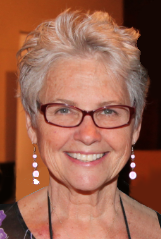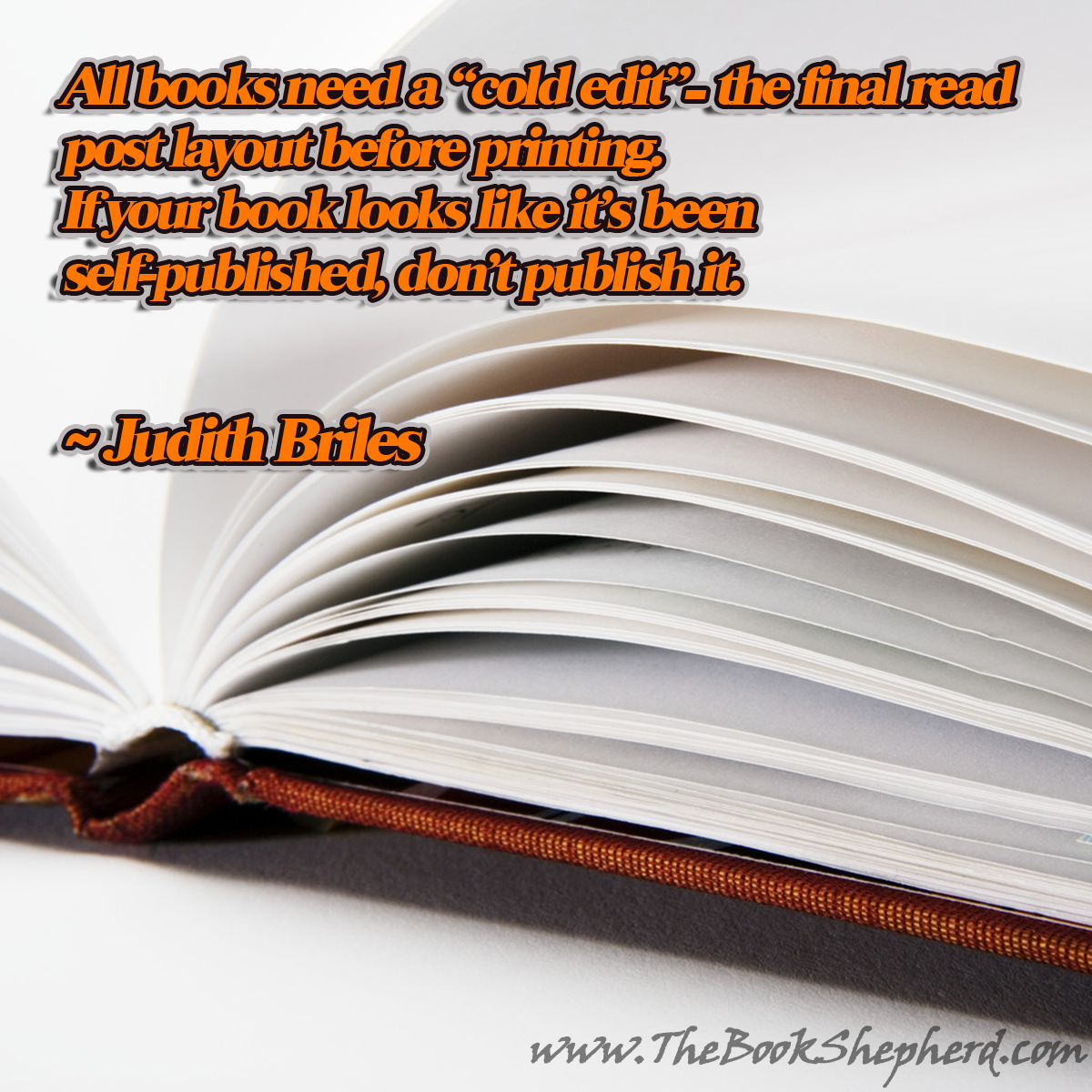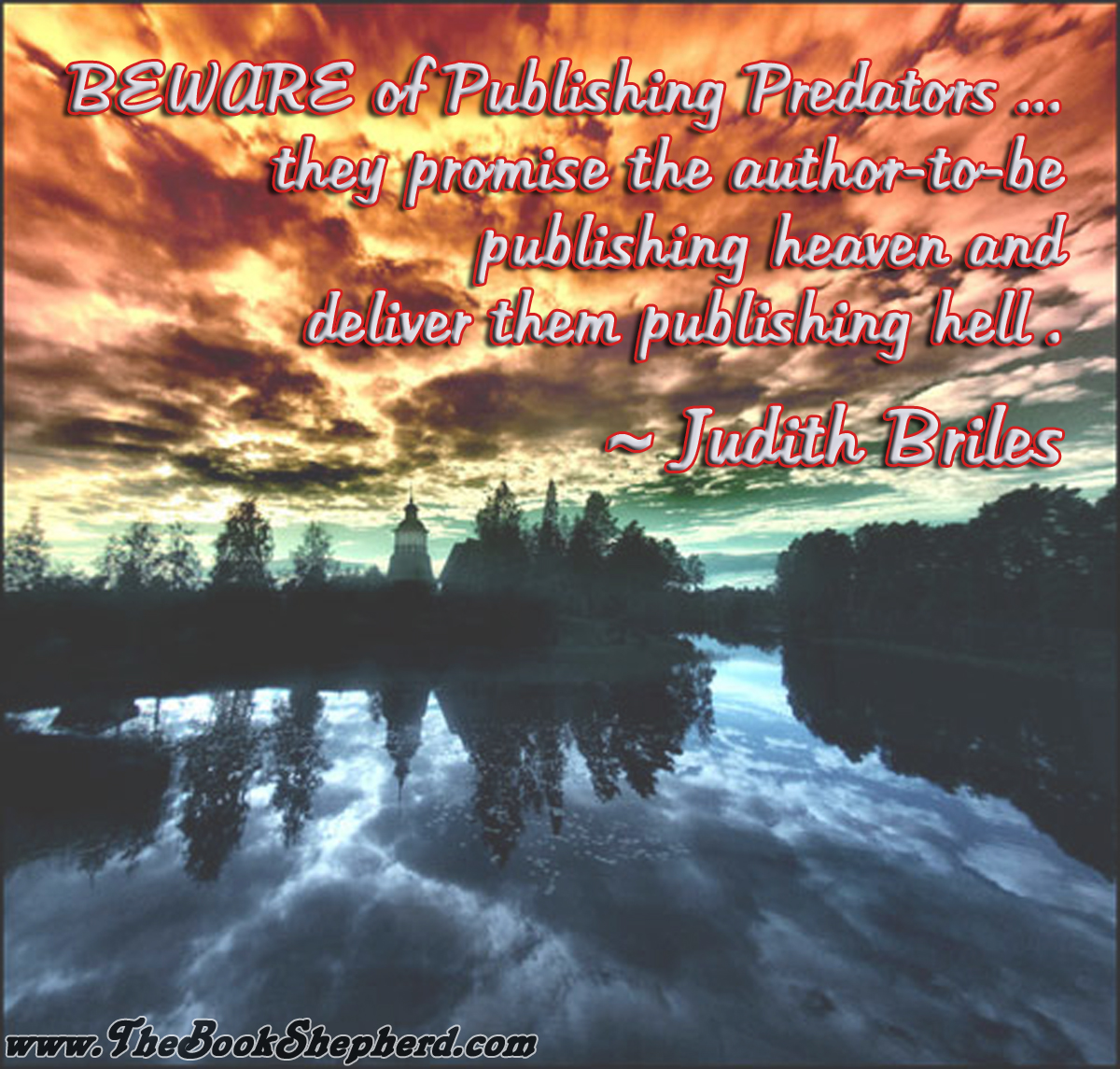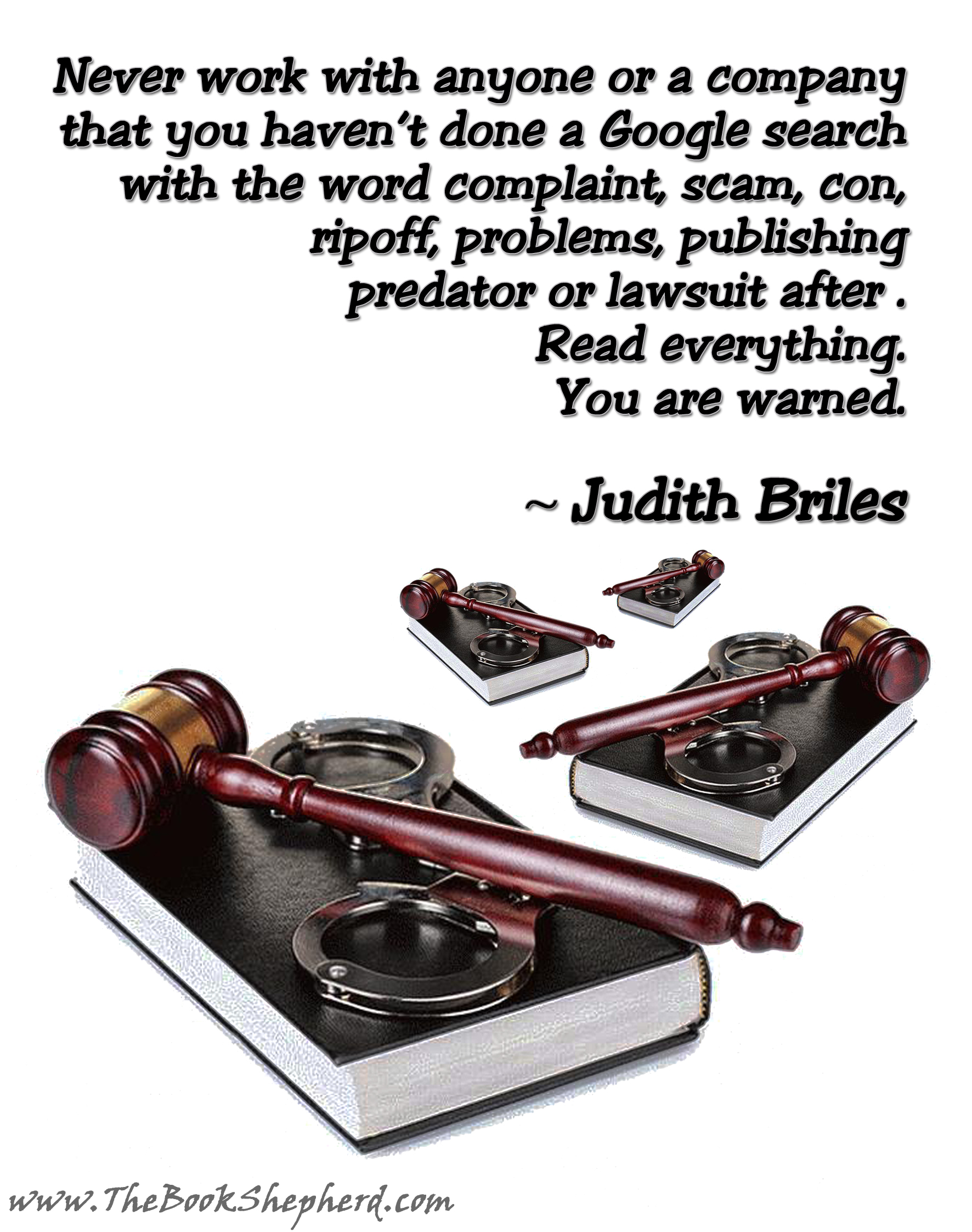Have you noticed? The publishing world has morphed on a daily basis … If you are a new author, you’ve got publishing questions. Plenty of them. If you are an already published author, you should have publishing questions. Plenty of them.
As an author, ask: should I traditionally publish (hello New York), self-publish, independent publish, pay-to-publish, ePublish or pPublish … which is right for me and my book? The answer is: it depends and will evolve from the changing doors and options within publishing.
With the approximate one million books published yearly over the last three years (includes all publications—electronic, reprints, university, traditional, self and small/independent press), there are too many books. Period. Of those one million, most likely 900,000 of them shouldn’t have been. Of those numbers, an estimated one-third comes through the traditional route, the remainder in the self-published route.
Morphing means changes and today’s author has some amazing advantages if he or she puts on their dual business and marketing hats. With them, they will discover ways to create their books, control their destinies and be financially successful in the new, new world of publishing.
Five of the big changes include:
#1 The Acknowledgment that Traditional Publishing Is Broken—Goodbye Snob Factor
Just a decade ago, already published authors, the publishing community and the public in general looked down their noses at those who didn’t publish via New York. Major publishing houses were reneging on deals with already signed authors; changing royalty payments from a percentage of the retail price to “net” of what was received. Fewer deals were made, lesser advances, more work, reduced royalties and not a lot of fun.
Authors have become shell-shocked with the level of work expected of them that in the old days, publishers enthusiastically supported and advocated for their authors. The truth is, many publishers have become printing houses. Yes, they do light editing (but expect the author to have a round already completed before submission); yes they do the cover design and back cover copy (it doesn’t mean that you will like, much less love it); yes, they do the interior design (ditto here); and no, they don’t do much in marketing (they expect you be the lead and underwriter of any campaign).
That’s why publishers like authors who speak … they have a following … they can get audiences to buy books, no returns.
#2 New Publishing Formats Roared into Place
There used to be traditional publishing, small/independent publishing and vanity press. Vanity presses and self-publishing flipped the publishing industry. Traditional publishers are still grumbling about the arrival of Amazon back in the 90s … which took self, independent and electronic publishing to the stratosphere.
Vanity publishing prints and binds a book at the author’s expense and is usually a good deal more expensive than self-publishing. Vanities will publish anyone who has the money to pay them for the number of books desired, regardless of the quality, nature of and marketability of the book. The fees start to build when the vanity publisher adds in its “packages”—pre-set in the form of marketing, distribution, storage, etc., and unfortunately, usually done in a boiler-plate format by the in-house amateurs. LuLu, xLibris, CreateSpace and AuthorHouse/Solutions are examples of vanity presses. Think of the POD world—print-on-demand—one book at a time (or when the order comes in). My advice–avoid like the plague. I view these as publishing predators–snare naive authors with their offers of getting published for a few hundred dollars and the cash register gets into gear. Everything is a la carte–plus the quality is piss-poor.
Self-publishing is similar to vanity publishing, where it requires the author to bear the entire cost of publication, and also to handle the distribution, storage, etc. And, then the author steps in and coordinates his own packages, publicity, marketing or whatever services he desires to support his book. Authors who are hobbyists or “casual” authors/publishers take the vanity or self-published route, printing just a few copies at a time.
Independent publishing (small presses) is a huge step up from self—they are serious and want to be seriously successful. Independents view their publishing endeavors as a business, not something to dabble in. Independents can publish one author exclusively; multiple authors; one genre, such as business or children’s; or a combination. Independents create game plans and understand the necessity of having their authors have platforms to enhance the marketing of the book. They don’t publish one book at a time—they are printing a minimum of 1,000.
ePublishing rooted when Amazon’s Kindle birthed, followed by Barnes & Noble’s Nook. When Apple entered the scene with its iPad, the roof exploded. All formats of publishing jumped on the e-bandwagon, with many books launching in the “e” format first, testing the waters to see if the readers/buyers were out there. Creating an eBook can be done for minimal moneys and if the author has marketing moxie, can generate revenues quickly … then go (or not) to a print format.
Whatever the choice, the savvy author/writer checks out the Writer Beware site at http://www.sfwa.org/for-authors/writer-beware/ for the latest in schemes and scams with publishers.
#3 Niche Publishing Is the New Hot Hot
General is out. Your book is not for everyone. When publishing understands that there are true segments within business, romance, mystery—you name it, the author has a far better chance of finding her roots. The quicker an author learns that there is a crowd out there—they write to and for it. A type of specialize publishing, the author becomes the expert, the go-to person—for media, speaking engagements, book sales.
It’s much better to be the whale in the lake vs. the sardine in the sea.
#4 Consistency and Quality Went the Way of the Dodo Bird
Last year, over 90 percent of the hardbacks were returned to the publisher from the brick and mortar stores! Overall book sales were down put title count. The new formats had taken over with predominately trade paper and electronic books. Hardbacks, along with the celebrity tell-alls, were the bread and butter of the traditional publishers. No more—they were shipped back or buyers were looking for discounts.
Expect to see less publications in the mass-market, smaller format as well. Publishers responded: cut backs in staff and revenues led to consistency and quality going out the door. Printing quality became inconsistent; cover quality deteriorated; and paper weight became more than paper thin. Books that were printed 20 years ago held up where books six months ago were falling apart. Even the amount of glue used for bindings was reduced, causing pages to fall out of new books when opened.
Booksellers morphed to being clerks, rarely knowing the inventory carried, leaving a buyer who ventured into a retail store to sometimes wonder if the clerk actually read books. Book stores that added cafes and coffee houses soon discovered that many who hung out, weren’t buying books, they were hanging out in a warm, cozy environment.
#5 Snappy, Sassy and Salty Will Reign
The good news in all the changes is that publishing will survive. And continue to morph. Print books are not going to disappear. Electronic books will happily co-exist with them—kind of like a boxer or briefs question. There will be more dinosaurs added to the graveyard, such as Borders. Bookstores who “get” their communities will thrive, such as the Tattered Cover in Colorado. Publishers who create and print books that have a bit of an edge in their content, titling and visual presentation—the snap, sass and salt—will get buyers’ attention. Those who don’t, won’t.
The publishing world will keep turning … and keep changing … and it’s a good thing that it does.
 Judith Briles is known as The Book Shepherd a book publishing expert and coach. She is the Founder of Author U, a membership organization created for the serious author who wants to be seriously successful. She’s been writing about and conducting workshops on publishing since the 80s. Judith is the author of 31 books including Author YOU: Creating and Building Your Author and Book Platforms (ForeWord Indie/Fab Book of the Year), Snappy Sassy Salty: Wise Words for Authors and Writers and a speaker at publishing conferences.
Judith Briles is known as The Book Shepherd a book publishing expert and coach. She is the Founder of Author U, a membership organization created for the serious author who wants to be seriously successful. She’s been writing about and conducting workshops on publishing since the 80s. Judith is the author of 31 books including Author YOU: Creating and Building Your Author and Book Platforms (ForeWord Indie/Fab Book of the Year), Snappy Sassy Salty: Wise Words for Authors and Writers and a speaker at publishing conferences.
Become part of her inner circle by joining the Author’s Ark and exclusive monthly webinar and coaching event. Each summer, she holds Judith Briles Unplugged, a two and 1/2 day intensive limited to a small group of authors who want to be seriously successful. In 2015, the dates are August 27-29th. Her audio and workbook series, Creating Your Book and Author Platform is now available. Join Judith live on Thursdays at 6 p.m. EST for Author U – Your Guide to Book Publishing on the Toginet Network at http://tinyurl.com/AuthorURadio . Follow @AuthorU and @MyBookShepherd on Twitter and do a “Like” at AuthorU and Judith Briles – TheBookShepherd on Facebook. If you want to create a book that has no regrets, contact Judith at Judith@Briles.com.




